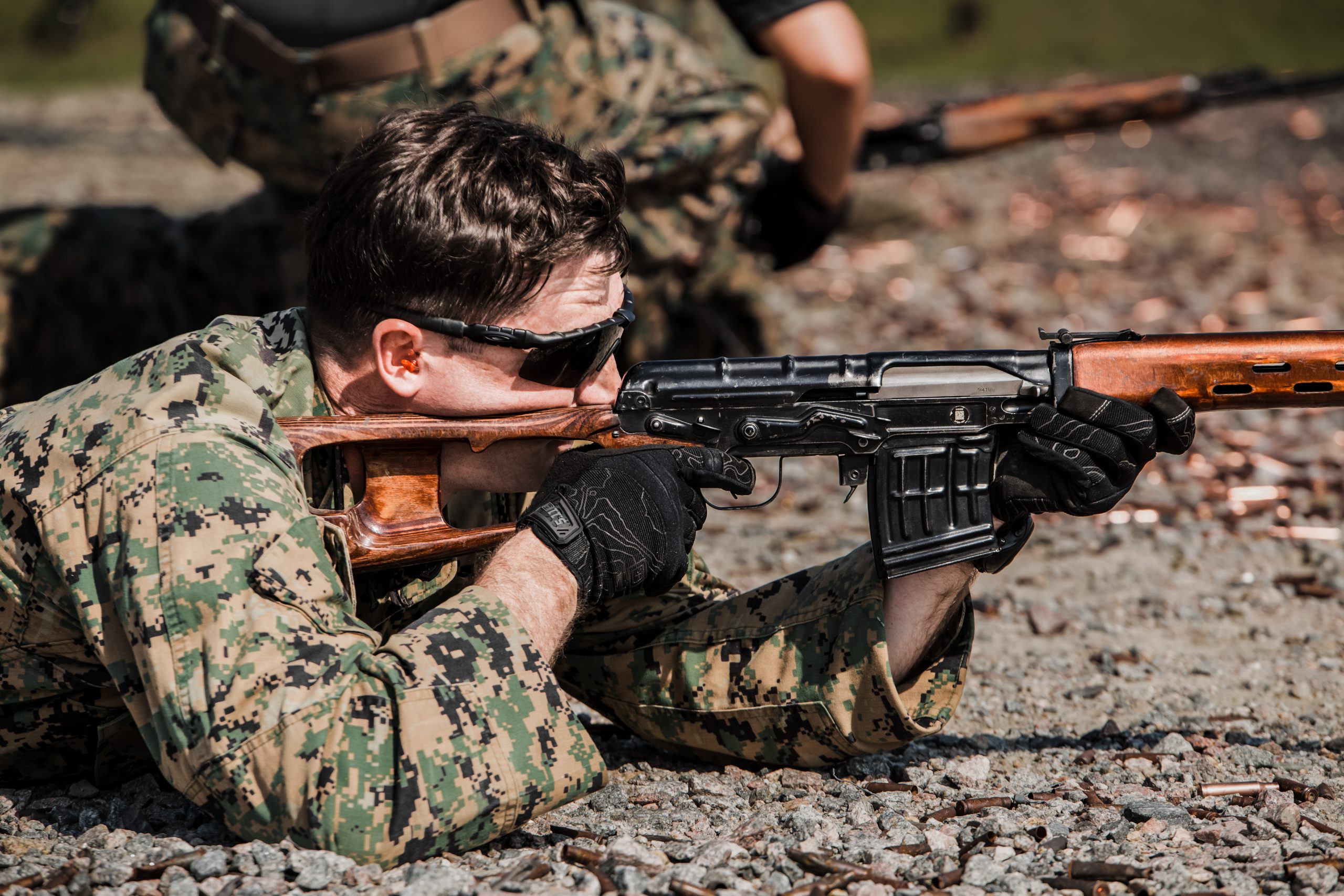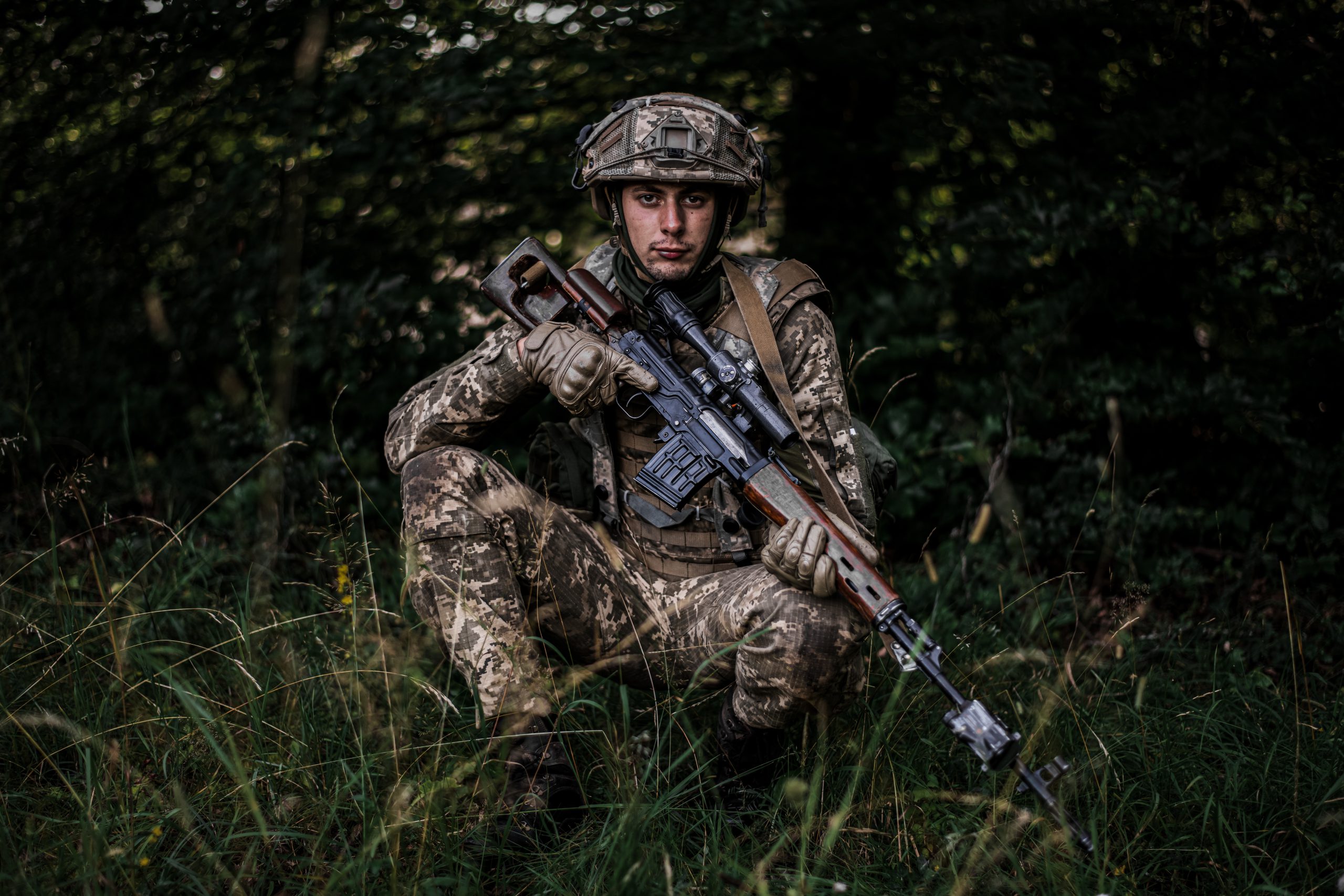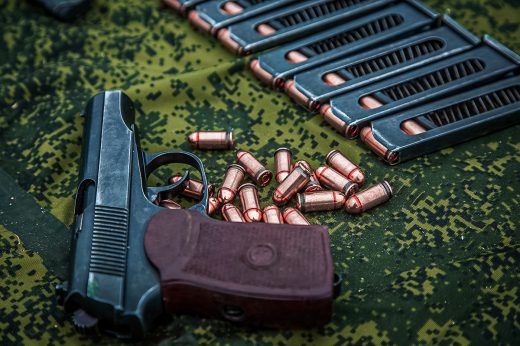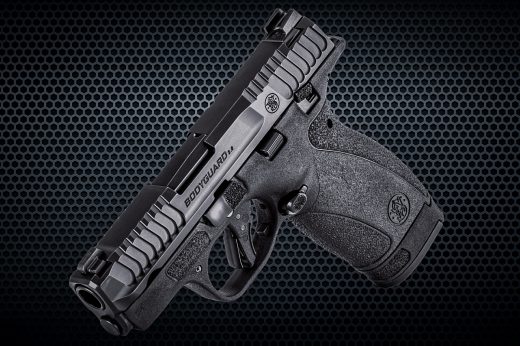The Dragunov sniper rifle — the famous AK sniper that isn’t actually an AK or a sniper rifle — has a lot of mystique surrounding it. People love it because of its looks because Hollywood loves it, and because gun people love to argue about what the hell it actually is and what role it was designed for.
Also known by its full name, Snayperskaya Vintovka Dragunova (SVD), which loosely translates to “Sniper Rifle, System of Dragunov,” this rifle is legendary for its simplicity and reliability, if not for extreme accuracy or range. The SVD is one of the world’s most famous and widely used sniper rifles, even though it was almost certainly intended to be more of a designated marksman rifle than a true sniper rifle.

It has been featured in popular video games like the Call of Duty series, GoldenEye 007, and Resident Evil, as well as soooo many action movies that feature Russian bad guys.
The Dragunov sniper rifle made it into pop culture for two reasons: its broad history of use in conflicts around the globe and its unique looks, at least as far as sniper rifles go. Its stretched-out needle-like AK look is just plain attractive (yes, it looks like an AK but doesn’t work like one).
On the battlefield, the SVD has been everywhere, from the Vietnam War to modern-day conflicts in the Middle East. It has even seen use during the ongoing conflict in Ukraine.
RELATED – Sharps Rifle: The Original Long-Range Hunting Gun
Dragunov Sniper Rifle History: Cold War Innovation
The Cold War bred extreme competition between the U.S. and the Soviet Union. While the space race was the most popular and visible of those competitions, plenty was going on in developing tools for war. The Dragunov is named for its developer, Soviet engineer Yevgeny Dragunov.

It was designed in the 1950s and first introduced in 1963. The SVD was developed to replace the Mosin-Nagant, which had served honorably as a sniper rifle in World War II. Though the Mosin-Nagant was an effective rifle, it wasn’t what we consider sniper-accurate today — or in the 1960s. Changing battlefield conditions and modernization required a new breed of precision military rifle for the Soviets.
During World War II, the Red Army identified a capability gap in long-range small arms. Their submachine guns offered excellent reliability in close-quarters fights like house-to-house and in the trenches, but they were getting torn to shreds by the Western forces’ accurate long-range fire trying to get there.
The Soviet military held a competition for gunsmiths to develop a reliable, accurate, and cost-effective rifle to improve the long-range capability of its infantry squads.
RELATED – Ruger Precision Rifle: Lots of Long-Range Value on a Budget
Dragunov Design

The Dragunov met all of the military’s needs. It was a rifle that could be used to engage targets out to an effective range of 800 meters in a reliable, easy-to-maintain, and, most importantly, familiar construction.
Though the Dragunov is called a sniper rifle, it was designed to function as a squad-designated semi automatic marksman rifle serving as a squad support weapon — many go so far as to call it the first designated marksman rifle. The purpose was to provide the standard infantry squad with longer-range capabilities.
The Dragunov’s exterior design and controls were based on the Kalashnikov AK-47 assault rifle to maintain a consistent manual of arms. The operation of the SVD is also similar to the AK family of rifles. It feeds 7.662x54R cartridges from a 10-round detachable box magazine.

The SVD has a long barrel — 24.4 inches — and an overall length of more than 48 inches. Though long, the barrel is thin, so the weight is manageable. The laminated wood stock helps balance the rifle’s weight, making it easy and comfortable to fire (models have been made with synthetic furniture). The barrel is chrome-lined for corrosion resistance, with a right-hand twist of 1:9.4 inches.
Internally the SVD and AK-47 are quite different. Unlike the AK-47, which uses a long-stroke gas piston, the Dragunov uses a short-stroke piston system, which reduces overall weight and makes the firearm easier to shoot accurately.

The system has a two-position gas regulator that can be changed using the rim of a cartridge, allowing the user to tune the gas system. This is especially handy in extreme cold, at high altitudes, or when firing lighter loads.
Aside from the operation and construction, the Dragunov bears several cosmetic similarities to the AK family, including a similar and large safety lever. Again, this was done to simplify the manual of arms, not because the SVD is an AK variant — because it’s not. It also has a familiar magazine release lever.
The SVD is issued with a distinctive PSO-1 riflescope specifically designed for the Dragunov and attached via a side-mounted scope rail. Additionally, and somewhat odd for a long-range rifle of the time, the SVD includes iron sights with a rear sight that is adjustable from 100 to 1,200 meters. The scope’s side mount allows the shooter to use the irons without removing the scope.

The PSO-1 scope only has a 4x magnification — more evidence that the SVD was truly designed to fill the role of a designated marksman rifle, not a sniper rifle, despite its name. Its accuracy was reportedly somewhere between 1.5 and 2 MOA.
The reticle in the PSO-1 includes tools for estimating range as well as bullet drop and drift. A handy range estimation tool built into the reticle’s left side works similarly to the mil-dot system in principle. Using a stadiametric scale, the user can estimate the range of a target based on how a 5.7-foot-tall subject fits in the reticle from 200 to 1,000 meters and then adjust accordingly.
RELATED – 6.8 Western: What the .270 WSM Should Have Been
The Dragunov Sniper Rifle Travels the World

The Dragunov has been a key weapon system in major and minor conflicts since its inception. It is still used in many former Soviet bloc countries as well as nations in Asia and South America. The SVD has seen confirmed action in the following conflicts:
- The Vietnam War (1955–1975)
- The Soviet Invasion of Afghanistan (1979–1989)
- The Iran-Iraq War (1980–1988)
- The Gulf War (1990–1991)
- The Yugoslav Wars (1991–1999)
- The Chechen Wars (1994–1996, 1999–2000)
- Global War on Terror (2001 – 2021)
- The South Ossetia War (2008)
- The Syrian Civil War (2011–present)
- The Yemeni Civil War (2015–present)
- The Libyan Civil War (2011–present)
- The Russo-Ukrainian War (2014–present)
The Dragunov sniper rifle is a battle-tested and proven weapon with more than six decades of wartime service. The fact that it is still being used in modern conflicts, such as the war in Ukraine, is a testament to its reliability and effectiveness on the battlefield — and the fact that the Soviets and other countries built a whole hell of a lot of them.

Though the SVD had a good run and will likely be around for years to come, there’s a new Russian sniper kid on the block. Russia has been searching for an acceptable upgrade to the SVD, and they found one in the Snayperskaya Vintovka Chuvakin, or SVCh. The Chuvakin is the new rifle of choice for Russian designated marksmen and features several upgrades that bring Russia up to speed with Western innovations in DMRs.
The Chuvakin boasts a maximum effective range of 1,600 meters and upgrades its predecessor’s fit and finish. The AK-style safety has been changed to a selector lever similar to those found on Western weapons.
The wooden stock is also gone, replaced by a folding, adjustable stock made from synthetic materials.

It also features full Picatinny rails for mounting accessories such as bipods, laser designators, and flashlights. With the right ammo, these semi-automatic rifles have an accuracy of 1 MOA or better.
This new rifle still uses the tried-and-tested short-stroke piston gas operation of the SVD but improves upon several of the SVD’s shortcomings. Despite all the upgrades and new technology, the legendary Dragunov sniper rifle remains a cost-effective and reliable firearm that will likely continue to appear in future conflicts all over the world.
READ NEXT – What Was the Best Sniper Rifle of World War II?










Comments